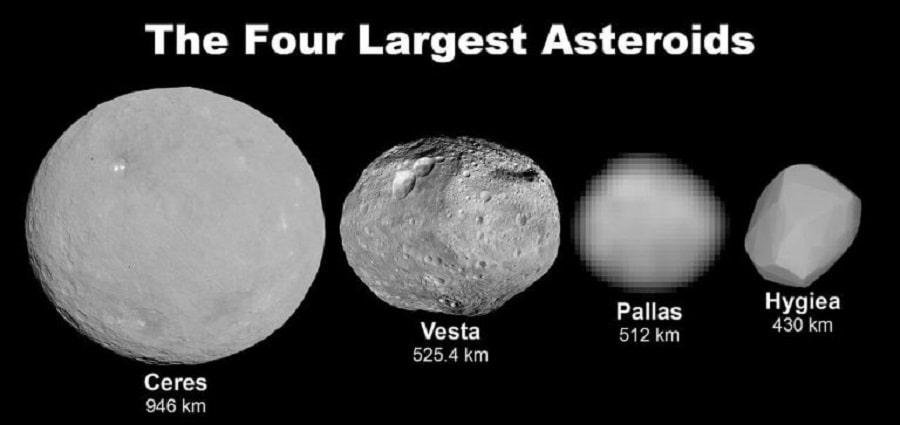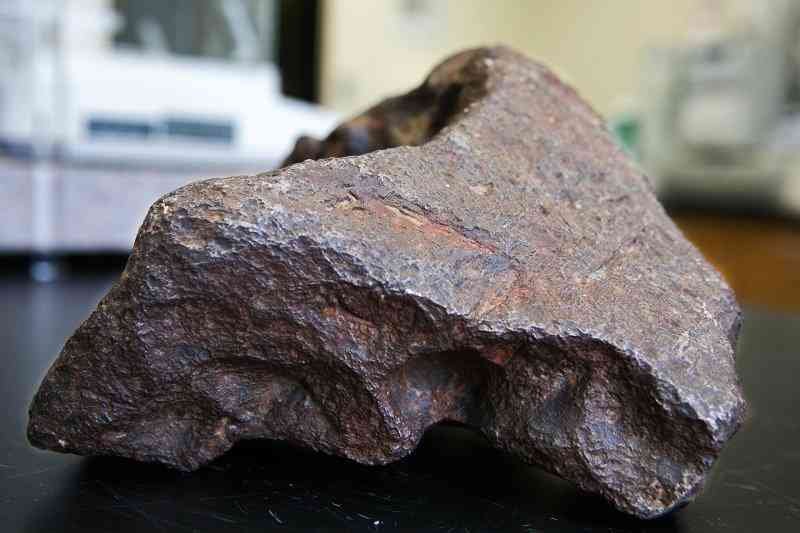Undoubtedly, we all know the ‘asteroid’ that hit Earth centuries ago and wiped out the dinosaurs from Earth.
They can be dangerous sometimes. In some cases, asteroids are not dangerous. Some asteroids pass and cross the Earth, while some asteroids collide with our home planet.
Asteroids in News
Recently, an asteroid came close to the Earth on August 21st 2021. It is named 2016 AJ193 and is approximately 4500 feet in diameter. The United States of America’s Apace Agency National Aeronautics and Space Administration NASA has listed this asteroid as ‘potentially hazardous.’ 2016 AJ193 is moving at a speed of 94208 kilometres per hour. This asteroid will again come close to Earth in the year 2063.
In another incident, a recently discovered asteroid named 2021 PH27 completes one orbit around the Sun in just 113 Earth days. It was discovered recently by Scott S. Sheppard of the Carnegie Institution of Science earlier this month. It is perhaps known to be the fastest orbiting asteroid. It is estimated to be 1 kilometre wide.
What are Asteroids?
Asteroids are rocky worlds orbiting the Sun that are too small to be called planets. They are also known as planetoids or minor planets.
There are millions of asteroids, ranging in size from hundreds of miles to several feet across. The currently known asteroid count is 1,113,527.
Locations
Much of this ancient space debris is within the chief asteroid belt between Mars and Jupiter orbiting our Sun. There are millions of asteroids, ranging in size from hundreds of miles to several feet across.
More than 150 asteroids are known to have a small companion moon (some have two moons). There are also binary (double) asteroids. Two rocky bodies of roughly equal size orbit with each other. There is also a triple asteroid system.
Most asteroids are irregularly shaped, although some are nearly spherical, and they often occur in craters. Asteroids move around the Sun in olive orbits. Asteroids also spin, sometimes quite erratically, staggering as they go.
Structure
Asteroids come in a variety of shapes and sizes. Some are solid bodies, while others are small lumps of debris bound together by gravity. One, which orbits the Sun between Neptune and Uranus, comes with rings of its own. The other has not one but six tails.
Asteroids range in size from Vesta, the largest about 329 miles (530 kilometres) in diameter, to bodies less than 33 feet (10 meters) across. The total mass of all the asteroids combined is less than that of Earth’s Moon.

Temperature
The surface of most asteroids is believed to be covered in dust. The average temperature of the surface of a typical asteroid is minus 100 degrees Fahrenheit (minus 73 degrees Celsius).
While asteroids have remained unchanged for billions of years, research into them can reveal much about the early formation of the Solar System.
Formation
Asteroids are rocky airless remains left over from the early formation of our solar system about 4.6 billion years ago. Initially, the birth of Jupiter prevented any planetary bodies from forming in the gap between Mars and Jupiter.
This phenomenon causes small objects to collide and break into the asteroids seen today. There are millions of asteroids, ranging in size from hundreds of miles to several feet across.
Classifications
Asteroids lie within three regions of the solar system.
Main Asteroid Belt
Most asteroids lie in a vast ring between the orbits of Mars and Jupiter. This asteroid belt holds more than 200 asteroids, size more than 100 km in diameter.
Trojans
Many asteroids lie outside the main asteroid belt too. These asteroids share an orbit with a vast planet but do not collide with it.
They gather around two specific places in the orbit called the L4 and L5 Lagrangian points where the gravitational pull of the Sun and the planet are balanced.
Near-Earth Asteroids
These objects have orbits that pass close by that of Earth. Asteroids that cross Earth’s orbital path are known as Earth-crossers.

Composition
The three broad composition classes of asteroids are C-, S-, and M-types.
C-type or carbonaceous asteroids
The C-type (chondrite) asteroids are most common. They probably consist of clay and silicate rocks and are dark in appearance. They are among the most ancient objects in the solar system.
S-type or siliceous asteroids
The S-types (“stony”) are silicate materials and nickel-iron. They are greenish to reddish.
M-types are metallic (nickel-iron)
The M-types are metallic (nickel-iron). The asteroids’ compositional differences are related to how far from the Sun they formed. Some experienced higher temperatures after formation.
And they were partially melted with iron sinking into the centre and forcing basaltic (volcanic) lava to the surface. They are reddish in appearance.

Naming of Asteroids
The International Astronomical Union’s Committee on Small Body Nomenclature is not very strict in naming asteroids.
As a result, out there orbiting the Sun, we have a giant space rock named for Mr Spock, a cat named for the character of “Star Trek” fame. There’s also a space rock named after the late rock musician Frank Zappa.
There are even more tributes. Such as the seven asteroids named for the crew of the Space Shuttle Columbia killed in 2003.
Asteroids also get names from many places and many other things.
Asteroids are also given a number, for example (99942) Apophis. The Harvard Smithsonian Center for Astrophysics keeps a current list of asteroid names.
Effects on Earth
Ever since Earth formed about 4.5 billion years ago, asteroids and comets have routinely slammed into the planet. The most dangerous asteroids are extremely rare, according to NASA.
An asteroid is capable of global disaster. Scientists and researchers also claimed that such an impact could create an enormous amount of dust in the atmosphere.
Moreover can cause a ‘nuclear winter’ in which the agriculture system would be severely affected. Small asteroids that hit Earth every 1,000 to 10,000 years can destroy a city or cause a catastrophic tsunami.
Meteorite
When an asteroid, or a part of it, crashes into Earth, it’s called a meteorite. Here are typical compositions:
Iron meteorites
Iron: 91 percent; Nickel: 8.5 percent; Cobalt: 0.6 percent
Stony meteorites
Oxygen: 6 percent; Iron: 26 percent; Silicon: 18 percent; Magnesium: 14 percent; Aluminium: 1.5 percent; Nickel: 1.4 percent; Calcium: 1.3 percent

Origin of life from Asteroids?
Ironically, collisions could mean death for humans, which may be the reason we are alive today. When formed, the Earth was dry and barren.
Asteroid and comet collisions carried water-ice and other carbon-based molecules to the planet, which allowed life to develop.
At the same time, the frequent collisions kept life from surviving until the solar system calmed down. Later collisions shaped which species evolved and which were wiped out.
Conclusion
Despite their size and path of orbits, asteroids can be dangerous. Many have hit Earth in the past, and more will crash into our planet in the future.
That’s one reason scientists study asteroids and are eager to learn more about their numbers, orbits and physical characteristics.
